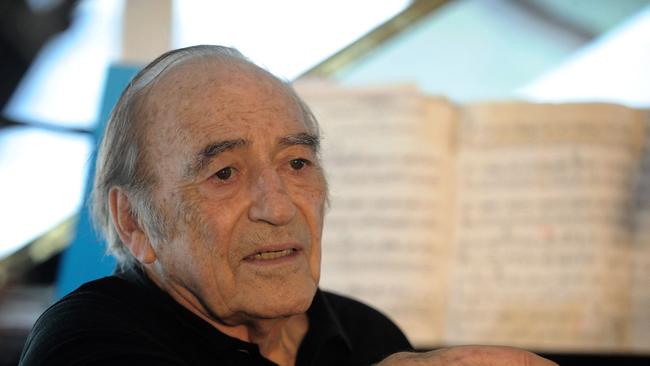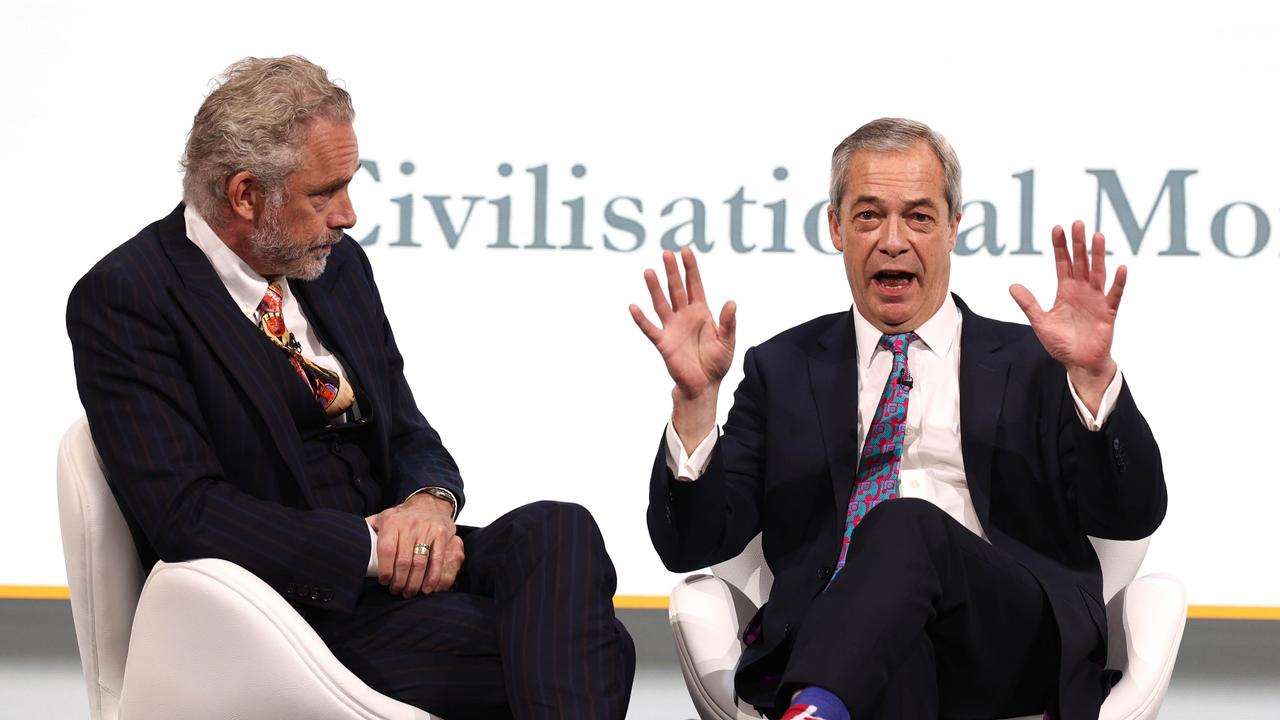
Miguel Angel Estrella Pianist.
Born San Miguel de Tucuman, Argentina, July 4, 1940; died Paris, April 7, aged 81.
-
Bertrand Russell was probably the greatest Welshman of the 20th century. He was a mathematician, philosopher and pacifist – for which he paid a high price, being jailed during World War I. He won the 1950 Nobel Prize in Literature.
But he was often a confused genius, standing for the Labour Party in unwinnable conservative districts and urging the US to bomb Russia with nuclear weapons until he discovered the Soviets were also nuclear armed, after which he wanted the weapons abolished.
Towards the end of his life he assembled an extraordinary panel in 1966 to sit in judgment of US involvement in the Vietnam War. It might have been a vanity project, but if nothing else it exposed the dreadful toll napalm bombing was having on innocent villagers who didn’t like the smell of it in the morning or at any other time of day.
Tribunal members included noted American authors Alice Walker and James Baldwin, civil rights activist Stokely Carmichael, French philosophers Jean-Paul Sartre and Simone de Beauvoir, London-based left-wing activist and journalist Tariq Ali, former Mexican president Lazaro Cardenas and Argentinian pianist Miguel Estrella.
Estrella may appear to have been an unusual choice (of course, he fell into line: the tribunal unanimously found against the US), but he did work for UNESCO when it was a more worthy and trusted body than the one that bears that name today. His life was changed in extraordinary circumstances that revealed the depth of his convictions and support for human rights. It almost killed him. He was saved by an “angel” in an act that altered a few destinies.
Estrella started playing piano aged 12 and went to Buenos Aires’ National Conservatory of Argentina before moving to Paris to be taught by Marguerite Long. She had been the first person to perform Maurice Ravel’s Le tombeau de Couperin, the last movement of which was dedicated to her husband who had been killed fighting in the first weeks of World War I.
Estrella returned to Argentina, where he performed and taught piano, setting up schools to teach poor locals for whom piano lessons were beyond their reach. When an army coup displaced Isabel Peron in 1976 he found himself on a list of banned intellectuals.
Uruguay was similarly under chaotic and cruel military rule. Estrella toured there so often he leased a house in its capital, Montevideo, but he was arrested on December 15, 1977, and jailed and tortured for almost three years, the Uruguayan government accusing him of being a terrorist. Years later Estrella described it: “The tortures consisted of electric shocks, beatings with rubber truncheons. Punches and kicks. Hanging us up with our hands tied behind our backs, pushing us into water until we were nearly asphyxiated, making us stand with legs apart and arms raised for up to 20 hours, and psychological torture.”
During his Paris years Estrella had befriended industrialist Yves Haguenauer, who ran a paint company. Haguenauer started out on a mission to have Estrella released from jail and was supported by many European musicians including Britain’s Yehudi Menuhin, widely considered the best violinist and conductor of the 20th century.
Haguenauer put his life on hold to campaign for the release of his friend. He spoke to his brother: “I give you the keys to my factory, now you take care of this. Until I find Miguel Angel, I don’t exist.”
The campaigning for Estrella’s release was unending. He finally was freed in 1980. He returned to Argentina for a time but then split his life between there and Paris. He returned once more to Montevideo, in 2012, to perform at the jail at which he had been held and tortured.
“I want to fight with music against those who want to subjugate us,” Estrella said at the time.
When he had stayed with Haguenauer in the 1970s, he had taught Haguenauer’s son to play piano. Jean-Louis Haguenauer lives in the US, where he is an acclaimed instrumentalist.
“(Yves and I) had a close relationship, we played Mozart and Beethoven songs together with four hands. He was a father figure even though I called him ‘my brother’,” Estrella said on the elder Haguenauer’s death following a fall in 2005.
Together they founded schools in Argentina and France to run piano lessons for people who might otherwise be unable to afford them. “He told me: ‘You are a dreamer; I am a pragmatist. And it’s always good to have the devil’s advocate on your side.’ ”



